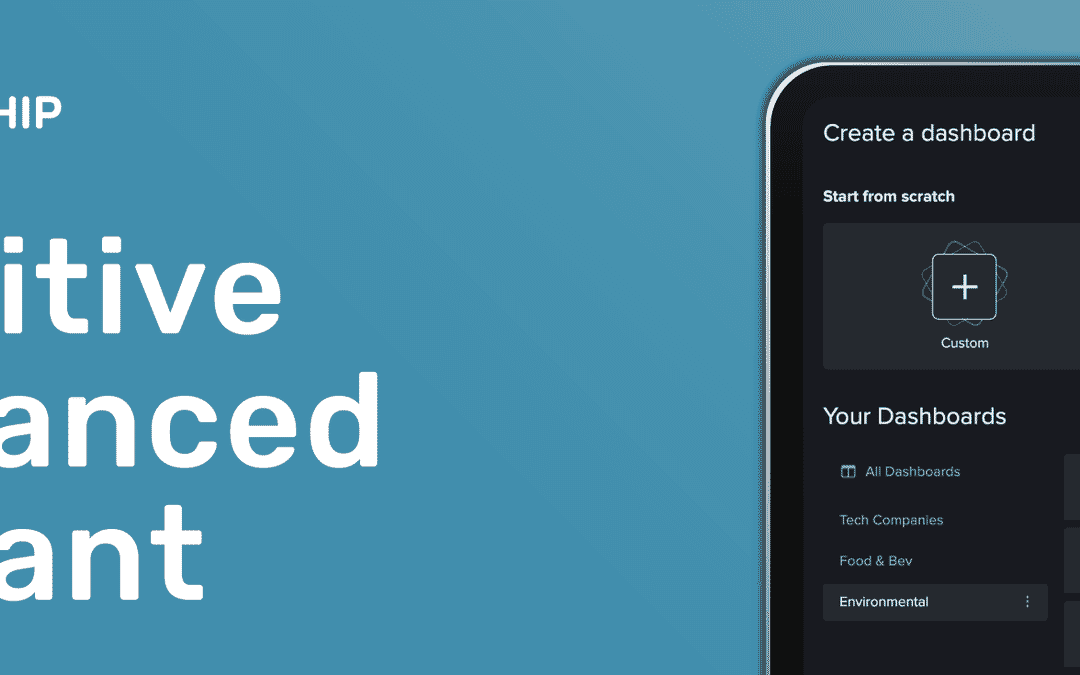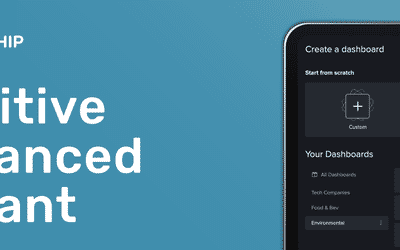More and more content creators are finding success with owned media such as podcasts. Where does social media fit into the strategy?
Social platforms can provide access routes to audiences that might otherwise be difficult to harness. But in a digital publishing landscape in which content creators are looking to claw back more control over their own distribution and audience development, where do social platforms fit in?
Two of the most popular ‘new’ forms of owned content that publishers, marketers and others have been embracing are podcasts and email newsletters. Both have been around for a long time, but continue to gain attention and praise, as audiences return again and again to their favourites.
Podcasts, which are not generally optimised for social media, saw an 85 percent rise in ad revenue from 2016 to 2017, and have proven popular with mobile-first audiences globally.
Email newsletters, thought of not long ago as a Web 1.0 relic which had no place in the era of social sharing, are now ‘consistently one of the most effective routes to reader attention, and have never been more central to the digital publishing efforts of many sites, thanks to the control and ownership that the format provides, over algorithm-driven alternatives”, as we noted in a recent blog post.
So, how can platforms such as Instagram, Twitter and Facebook best be leveraged to promote content such as newsletters and podcasts?
To find out, we took a closer look at the most-engaged posts in Spike over the past 30 days. Spike shows the most engaged posts across different platforms, from videos to links. It’s a comprehensive social database of what’s trending on social media, and shows how lots of Facebook pages are seeing impressive engagement rates around links to podcasts and promotions every day.
Based on the numbers and strategies employed by some of the most successful pages, here are three takeaways.
1. Try to provoke a discussion
Enticing new podcast listeners on social media is a different task to enticing new listeners within an audio-specific app or platform.
Like other media forms, the potential listener isn’t necessarily looking for new shows to subscribe to. Using the specificities of the platform gives the publisher or page owner the opportunity to try and broaden their potential audience by highlighting interesting parts of their content.
This is also a strategy that hosting site Patreon recommends. While entire episodes cannot (yet) easily be uploaded to Facebook and Instagram, like they can on YouTube, for example, it’s still very much possible to leverage social feeds as a way of growing interest in what your content series is about:
“For other social networks, you can’t repurpose the episode per se, but you can use parts of the episode as promotion strategies. For each episode, you could take a few quotations from it, put them over your logo, and share those on Instagram, Facebook, Pinterest, or any other social network you want to promote to.”
In this recent example from Channel 4 News, an interview with a politician takes one of the key discussion points from the conversation, and presents it in the form of a Facebook video.
Although it’s just one element of a wider story, it presents the audience with an entrance point to the conversation, prompting potential ‘meaningful interactions’ which will be rewarded by the Facebook algorithm.
"So many people get to the ends of their lives but they don't think back: Oh god, I wish I'd spent more time in the…
Posted by Channel 4 News on Wednesday, April 18, 2018
In another example from political news site the Intercept, the social media editor takes a statement from the crux of the podcast’s argument and uses it as an anchor to frame the discussion on social media.
The sanctity of the Second Amendment for all Americans is a myth. It is a myth today and it has been a myth from the beginning. theintercept.com/podcasts/
Posted by The Intercept on Tuesday, March 6, 2018
For newsletters, the strategy is slightly different — linking some of the hot topics of the day can work, or trying to initiate discussion around the contents of the mail. Generally, the newsletter link can be dropped in as a call-to-action in a variety of posts, including video and image captions.
2. Don’t be overly promotional
This is advice that stands for any content promotion, on the web or social media.
Making the connection as genuine as possible is a huge bonus for audiences who are generally not interested in wading through paragraphs of jargon about how unique the podcast or newsletter is. Leave out the marketing jargon and focus on the content itself.
An interesting or visual hook, followed by simple instructions to subscribe usually does the trick. For podcasts, we’ve seen that there are plenty of ways that the hint to subscribe can be used on social media.
In this example from the European Commission, a video promotes a content series, followed by a quick link to sign up to the newsletter. Because the video takes the prominent position, it means that the link does not become the main Facebook post, which would almost certainly lead to a significant demotion in the news feed.
HELLO Mozambique, São Tomé & Principe and Bangladesh! Walk in our bloggers’ steps as they start the second half of their…
Posted by European Commission – Development & Cooperation – EuropeAid on Wednesday, April 4, 2018
It’s also worth remembering that repeat listeners or viewers will likely be seeing the same message multiple times, while not taking any different action. Ensuring that there’s a meaningful focus on the substance of the production itself, rather than simply looking for the numbers, means that you’re less likely to alienate new and existing audience members.
3. Optimise for social sharing (and search)
This is a consideration that often gets overlooked with podcasts and newsletters in general. Often, the links to these formats’ subscription pages don’t look very exciting.
Newsletters will generally have just a landing page for email capture, and little else. Podcasts frequently forgo site-hosting, meaning that the episodes live on various streaming platforms, with various levels of consistency in terms of design. Sharing a link to the sign-up page often looks bad, coming up as a broken, imageless link preview, and directing to an unstyled page.
You don’t necessarily have to reinvent the wheel with landing pages, but it is worth considering how first-time subscribers approach and perceive the content.
Giving some attention to the web elements of these pages is also a good opportunity to think more about potential listeners might find your podcast or newsletter. Search is still a key driver of referrals for both formats, so touching up the SEO and site structure of the page could go a long way in developing an audience.
For a look at the content that audiences are engaging with across any niche right now, check out NewsWhip Spike.











